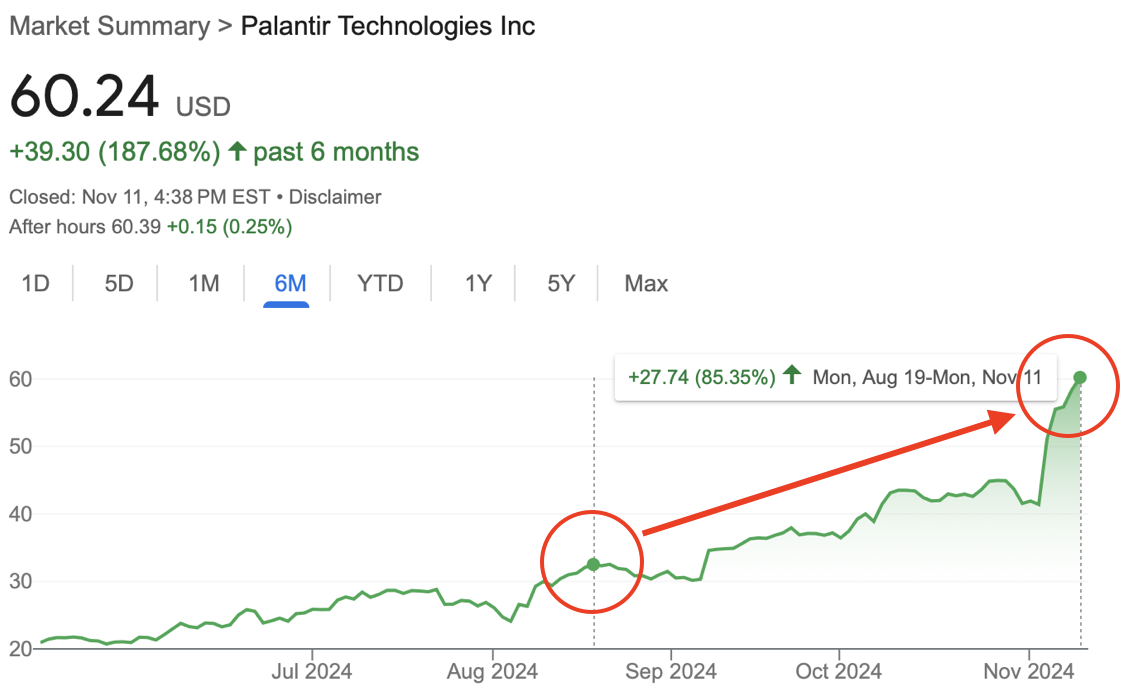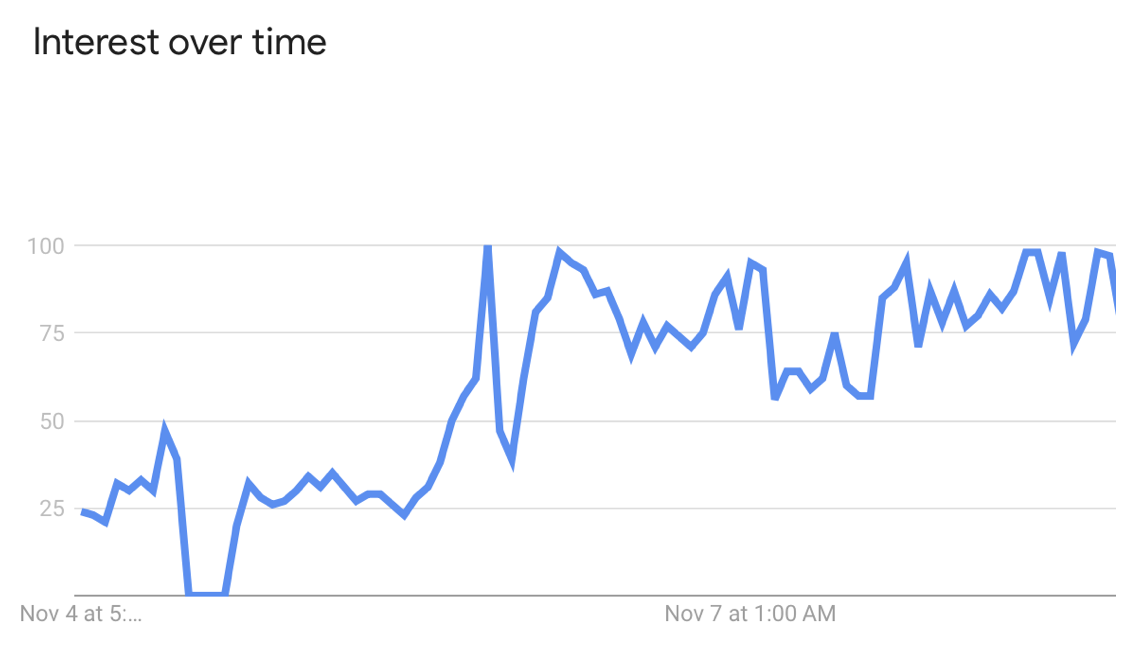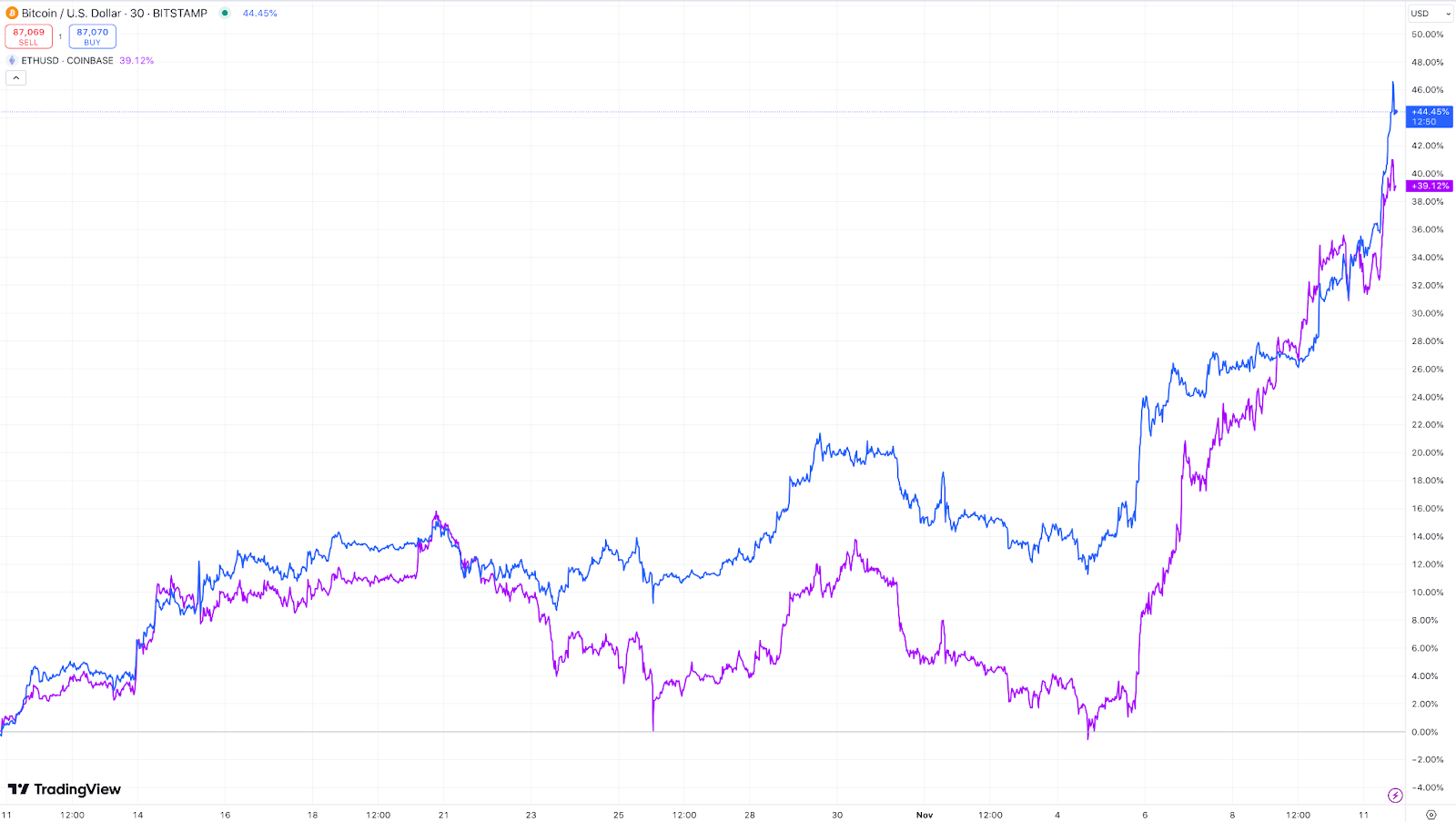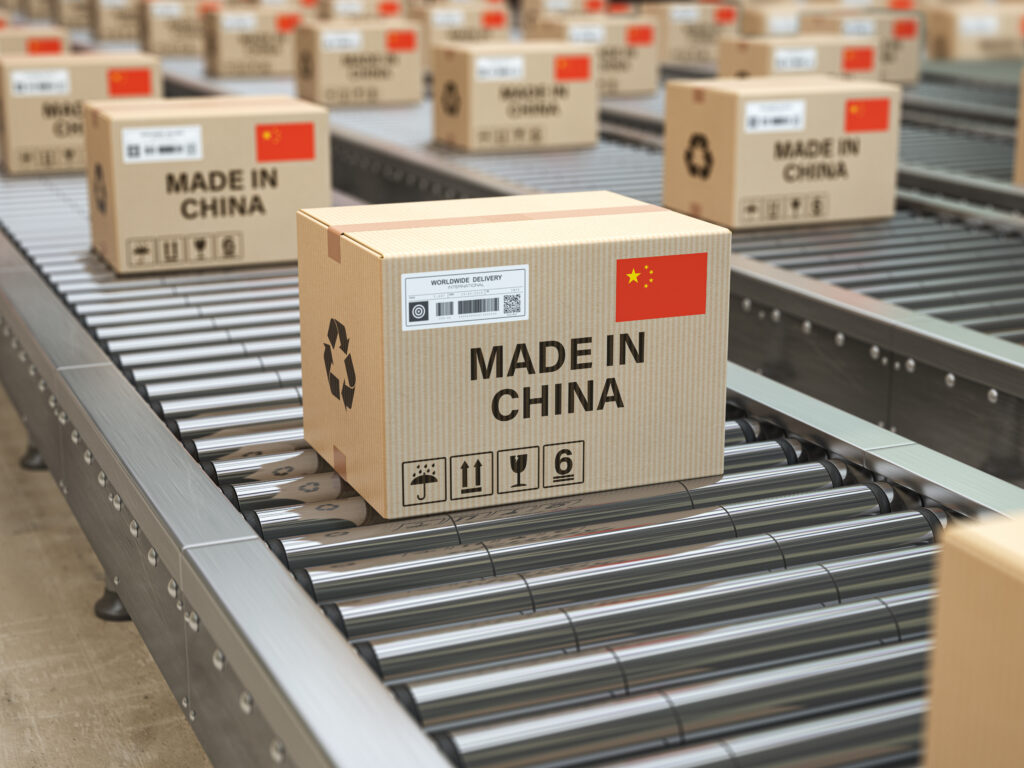The Election Is Over… Plan Accordingly
TL;DR
After a lengthy and contentious election cycle, Americans have chosen a new president. The implications will be significant, but for this issue, we’re focusing on how it could impact your wallet, how it could impact AI and how it could impact crypto.
One week ago, the U.S. set out to elect its 47th president. And one of the saddest parts of the results, in our opinion, is the staggering amount of voting-age Americans who decided to sit this one out.
Of the 258.3 million U.S. citizens ages 18 or older, 145 million decided to cast a ballot. And no matter where you stand on the issues, 44% of Americans opting out of a presidential election is telling.
Nonetheless, on Jan. 20, 2025, Donald Trump (and his questionable business acumen) will once again occupy the White House. And while the impacts of his final presidency will likely be felt for decades, here’s how it could impact three things that you may feel immediately.
#1. AI Will Be Uninhibited
Real-life supervillain Elon Musk didn’t just join Trump’s campaign trail to bolster conservative votes. He undoubtedly did so to curry favor with the incoming administration.
It’s no secret that Musk is deeply embedded in AI and has a trillion-dollar incentive in its proliferation. And Trump’s 100% on board with that outcome.
Trump has unequivocally stated that he plans to dismantle Joe Biden’s AI Executive Order — which aimed to help defend against AI risks, deepfakes, privacy intrusions, job losses and more — immediately upon taking office.
This should come as no surprise to anyone familiar with the Republican Party’s stance on regulation. (That is, unless it comes to regulating female reproductive rights.) But we can now expect an unbridled green light for companies operating in the AI space.
And while we didn’t know the outcome of the election back in August, we pointed you in the direction of one stock that is likely to benefit from the marriage of America’s never-ending budget allocations for defense spending and AI.
Palantir Technologies (PLTR) has been surging since our issue recommending it on Aug. 19 hit your inboxes. Since that date, the stock is up a robust 84.35%.

We’re not tooting our own horn. But this does serve as a reminder for our readers that we do our homework, we stay dialed into emerging trends and the whole purpose of Rise & Hedge is to democratize access to market information that everyday investors may not otherwise be aware of.
#2: Trump’s Tariffs — Like All Tariffs — Are Inflationary
It’s coming as a surprise to many that Trump’s plan to enact a series of tariffs on imports is going to be paid for not by countries like China and Mexico … but by American consumers.
That’s because a large percentage of our population was — or remains — ignorant to how tariffs work in the first place. That’s been evidenced by a surge in Google Search volume for queries like “What are tariffs?” and “Who pays for tariffs?” in the wake of the election.

Preliminary data from the National Retail Federation suggests that Trump’s tariffs will cost American consumers $78 billion in annual spending power.
Those aren’t isolated findings, either. Last month, 23 Nobel Prize-winning economists signed an open letter stating that Trump’s tariff proposals “would lead to higher prices, larger deficits and greater inequality.”
But what do they know? They’re just 23 Nobel laureates who are considered the leaders in their respective economic disciplines.
The math is simple, though. Here’s an example:
- Trump levies a 25% tariff on all imports from Mexico and China.
- A U.S. company that sources an imported product at $50 now has to pay $62.50 for the same product.
- The company then passes those costs along to consumers while adding to the price tag its typical profit margin — let’s say 10%.
- That product, which used to cost American consumers $55 now costs $68.75, or 25% more than it would without the tariffs in place.
- The Chinese or Mexican companies’ costs remain unchanged.
Let us be abundantly clear: Foreign governments and businesses operating in foreign countries do not pay for tariffs.
We’re highlighting this because writing about the environmental and social impacts of Trump’s second term would require a tome. But also, because this newsletter is aimed at helping you be well-informed and make better personal finance decisions.
In the coming months, we will talk about how these tariffs are likely to have outsized impacts on certain sectors of the stock market, and ways you can safely invest in companies and ETFs that operate in those spaces.
#3: Crypto Is on Its Way to the Moon
October’s over, and although it’s the best-performing month for crypto, the digital asset market has been continuing its hot streak since the election results were finalized.
That’s because Trump, who in 2021 called Bitcoin a “scam” and a “disaster waiting to happen,” flip-flopped his position and has been courting crypto enthusiasts for the past two years.
On Oct. 16, CNBC reported that since June, a political action committee called Trump 47 donated $7.5 million in crypto.
This comes in the wake of Trump announcing his own token, World Liberty Financial, and being increasingly vocal about supporting Bitcoin mining, ending banking regulations that inhibit crypto adoption, opposing central bank digital currencies and emphasizing individuals’ self-custody rights for DeFi assets.
The crypto lobby contributed a total of $119 million in the 2024 election cycle, accounting for 4% of all corporate money spent. That ranks the industry number one among all corporate donors.
And here’s how the crypto market has reacted since Election Day:
- Bitcoin (blue in the chart below) is up 27.48%.
- Bitcoin set its all-time high yesterday at $88,163.72.
- Ethereum (purple in the chart below) is up 36.42%.
Over the past month:

The majority of Americans still don’t own crypto, but it may be a good time to revisit digital currencies. Be mindful that it’s never a good idea to allocate more than 5-10% of your entire portfolio to alternative assets, and that short-term price action is never indicative of long-term results.
But also be mindful that Trump’s policies will present a unique set of impacts on certain markets. We’ll be keeping you abreast of those effects — and how they could change your household budgets and investments — over the course of the next four years.

